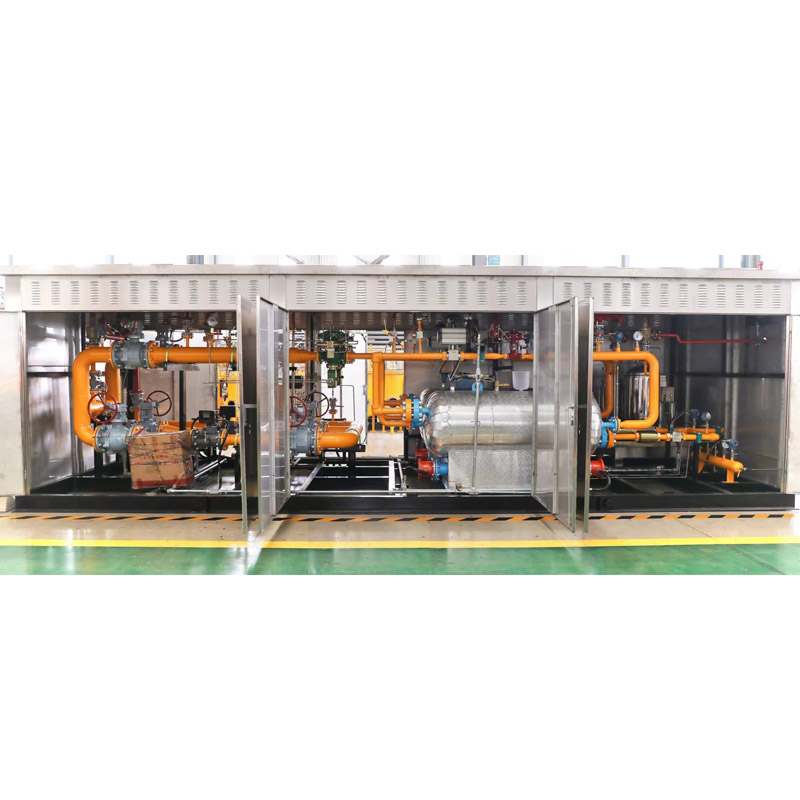
Nov . 18, 2024 14:58
Back to list
Pressure Regulation Solutions for Enhanced System Efficiency and Performance
Pressure Reducing Devices Essential Components for Safety and Efficiency
Pressure reducing devices are critical components used in various industries to manage and optimize fluid pressure levels. Their primary function is to decrease high inlet pressure to a lower, usable outlet pressure, ensuring that systems operate safely and efficiently. These devices serve multiple applications across sectors such as water supply, gas distribution, heating systems, and manufacturing processes.
How Pressure Reducing Devices Work
At their core, pressure reducing devices consist of mechanical components designed to adjust the pressure of incoming fluids automatically. When high-pressure fluid enters the device, it encounters a diaphragm or a spring mechanism that regulates the flow. As the fluid moves through the device, it expands, which results in a drop in pressure. The reduced pressure is then delivered to downstream systems, protecting sensitive equipment from potential damage caused by excessive pressure.
Types of Pressure Reducing Devices
Various types of pressure reducing devices exist, each tailored for specific applications. The most common include
1. Regulators Often used in gas distribution, regulators maintain a constant output pressure regardless of the changes in inlet pressure. They are essential for ensuring safe and stable gas delivery to homes and industries.
2. Valves Pressure-reducing valves (PRVs) are frequently employed in water supply systems. They help control water pressure, preventing surges that can lead to pipe bursts or leaks.
3. Pressure Relief Valves (PRVs) Unlike pressure reducing valves, pressure relief valves are designed to release excess pressure to prevent system overload. They are critical for maintaining safety in systems that operate under high pressure.
pressure reducing device

4. Back Pressure Regulators These devices maintain a set pressure upstream, allowing for controlled flow rates in various applications, including chemical processing and oil extraction.
Advantages of Using Pressure Reducing Devices
1. Safety High-pressure systems pose significant risks, including leaks and explosions. Pressure reducing devices are essential for maintaining safe operating pressures, thereby minimizing the risk of accidents.
2. Equipment Protection Many industrial processes rely on sensitive equipment that could be damaged by pressure surges. By regulating pressure levels, these devices extend the life of equipment and reduce maintenance costs.
3. Energy Efficiency Reducing pressure in a system can lead to lower energy consumption. By optimizing pressure levels, industries can achieve significant savings in energy costs, promoting a more sustainable operation.
4. Regulatory Compliance Many industries are subject to strict regulations regarding pressure management. Using appropriate pressure reducing devices helps companies meet safety standards and comply with environmental regulations.
Conclusion
In conclusion, pressure reducing devices are indispensable tools in managing fluid pressure across a multitude of applications. From ensuring safe gas distribution to protecting sensitive machinery in manufacturing, their role cannot be overstated. By investing in the right pressure reducing devices, businesses can enhance safety, improve efficiency, and achieve significant cost savings. As industries continue to evolve, the importance of these devices will only grow, highlighting the need for ongoing innovation and development in pressure management technology.
Next:
Latest news
-
Safety Valve Spring-Loaded Design Overpressure ProtectionNewsJul.25,2025
-
Precision Voltage Regulator AC5 Accuracy Grade PerformanceNewsJul.25,2025
-
Natural Gas Pressure Regulating Skid Industrial Pipeline ApplicationsNewsJul.25,2025
-
Natural Gas Filter Stainless Steel Mesh Element DesignNewsJul.25,2025
-
Gas Pressure Regulator Valve Direct-Acting Spring-Loaded DesignNewsJul.25,2025
-
Decompression Equipment Multi-Stage Heat Exchange System DesignNewsJul.25,2025

